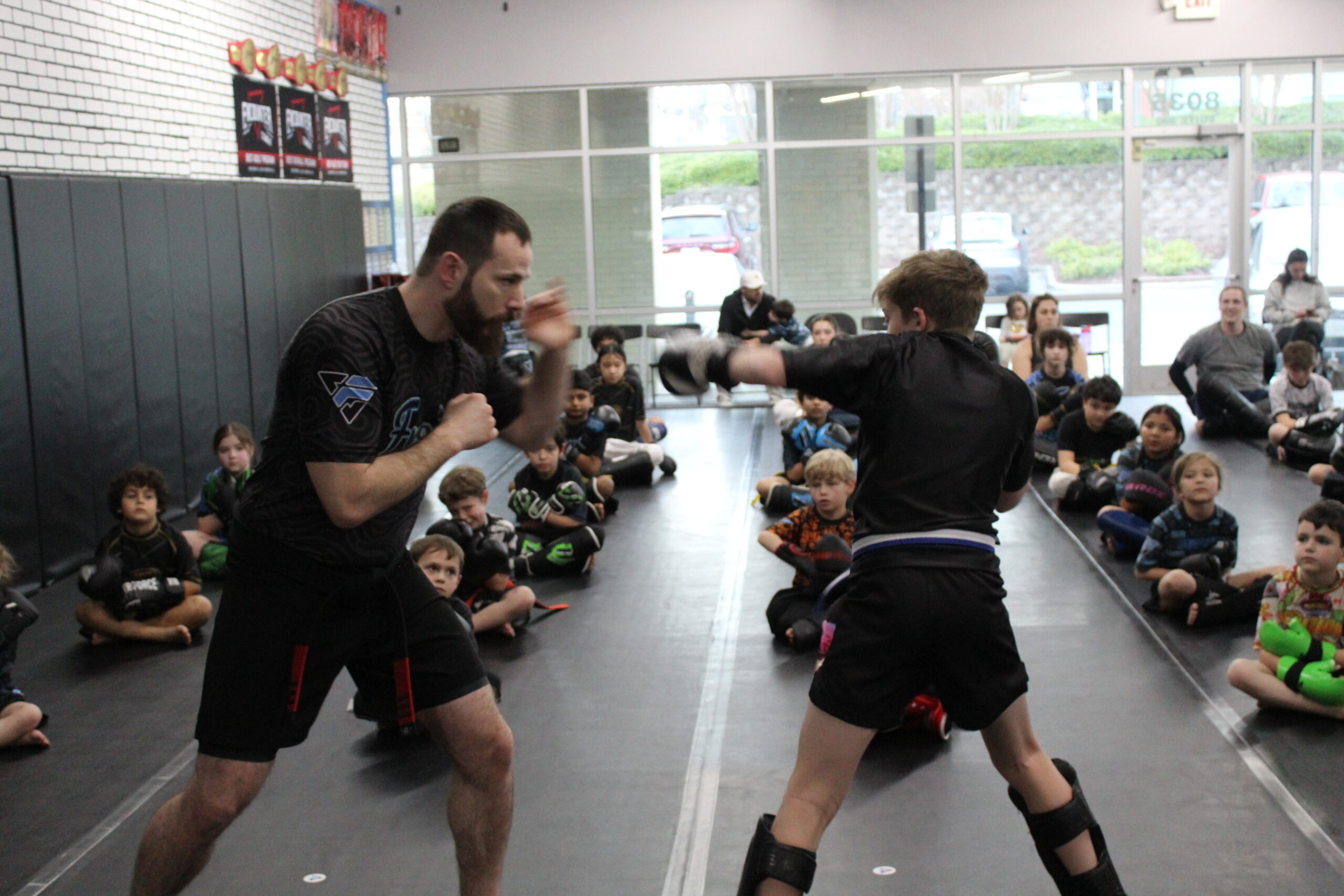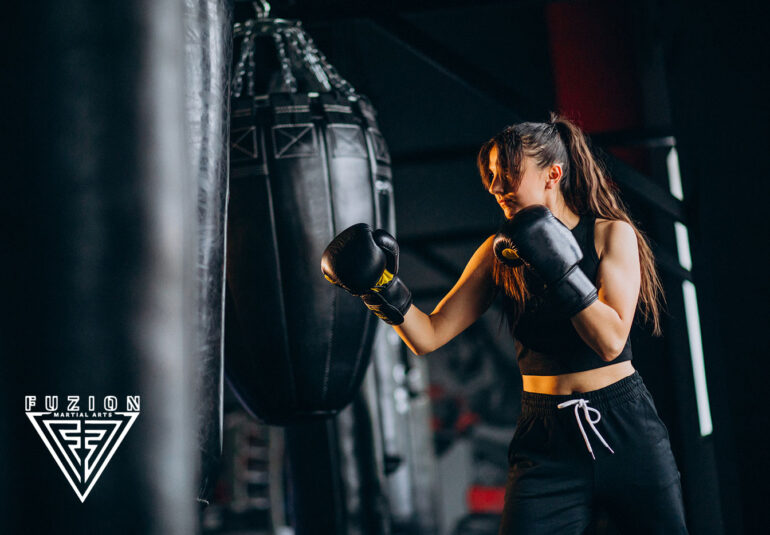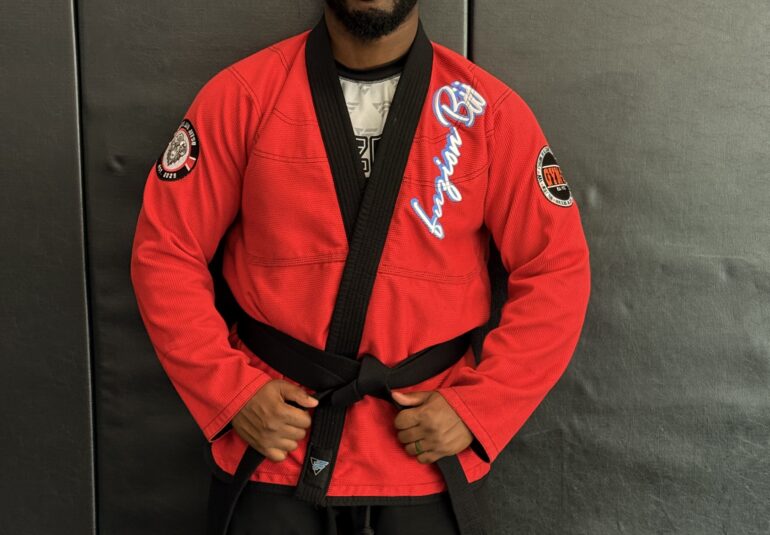
- 428
When people sign up for martial arts, they often do so with different goals in mind. Some want to compete, testing their skills in the ring or on the mat. Others seek to protect themselves in real-world encounters that are unpredictable and dangerous.
While both paths involve physical training, discipline, and technique, the focus, mindset, and methods of training differ significantly.
Let’s explore how training for competitive fighting compares to training for real-world self-defense.
1. Objective and Mindset
Competitive Fighting
The goal is to win under a set of rules, within a controlled environment — whether it’s boxing, MMA, jiu-jitsu, or kickboxing. Fighters train to outscore or submit an opponent, often within a time limit.
-
Emphasis: Strategy, pacing, stamina, and opponent tendencies.
-
Mindset: Sport-based — victory through dominance, precision, or points.
Self-Defense
The goal is survival and escape — not winning. Self-defense assumes unpredictable, high-risk situations, possibly involving multiple attackers or weapons.
-
Emphasis: Quick neutralization, awareness, de-escalation, and escape routes.
-
Mindset: Real-world practicality — avoid harm, survive, and disengage.
2. Technique Selection
Competitive Fighting
Techniques are chosen based on what’s legal and scoring-efficient in a specific sport. This often means:
-
Clean strikes (no eye gouges, groin shots, or throat strikes)
-
Takedowns and submissions that don’t cause permanent injury
-
Defensive maneuvers within a confined space
Self-Defense
All techniques are fair game if they stop the threat quickly. These may include:
-
Eye rakes, throat strikes, groin attacks
-
Use of improvised weapons (pens, keys, bags)
-
Escapes from grabs or holds, regardless of sports legality
In short: self-defense isn’t bound by sportsmanship — it’s about effectiveness.
3. Training Environment
Competitive Fighting
Training happens in structured gyms or dojos, with sparring partners of similar size and experience. Key components include:
-
Pad work, mitt drills, ring sparring
-
Strength & conditioning for endurance and explosiveness
-
Strategy planning for known fight scenarios
Self-Defense
Self-defense training includes scenario-based drills, often chaotic or stress-inducing. Focus areas include:
-
Simulating attacks in parking lots, elevators, or stairwells
-
Role-playing confrontation avoidance or de-escalation
-
Practicing escapes under fatigue or surprise
Realistic training environments prepare the defender for ambiguity, adrenaline, and fear.
4. Rule Sets and Legal Considerations
Competitive Fighting
Athletes compete under strict rules governed by commissions or federations. There are referees, weight classes, time limits, and safety gear.
-
Fighters know what to expect and prepare accordingly.
-
Violations (like hitting the back of the head) result in penalties or disqualification.
Self-Defense
There are no rules in real violence — but there are legal consequences.
-
You must know how to defend yourself lawfully — using only necessary force.
-
Training often includes discussion of local laws, use-of-force thresholds, and how to legally respond after an incident.
5. Outcome Goals
Competitive Fighting
Success is measured by wins, rankings, or titles. Fighters aim to improve technical performance, fight IQ, and overall conditioning.
Self-Defense
Success is measured by avoiding injury and getting home safe. Even if you never throw a punch, the ability to sense danger and avoid a situation is considered a win.
Can You Train for Both?
Absolutely — but the key is understanding the purpose of each and training accordingly.
-
Competitive fighters can benefit from reality-based self-defense training to expand awareness outside the ring.
-
Self-defense practitioners can learn discipline, timing, and physical confidence from combat sports.
But never mistake one for the other.
A skilled MMA fighter may not be prepared for a knife attack in a parking garage.
And a self-defense expert may not last a round under ring rules without conditioning and sport-specific training.
Choose the Right Path for Your Goals
In the end, whether you’re entering a cage, walking home at night, or simply looking to feel more capable — understand that training should fit the context.
-
Compete when you want to test your limits in a controlled environment.
-
Train for self-defense when you want to be prepared for the unpredictable.And if you can, do both — because the best martial artists are those who are skilled, adaptable, and aware.


